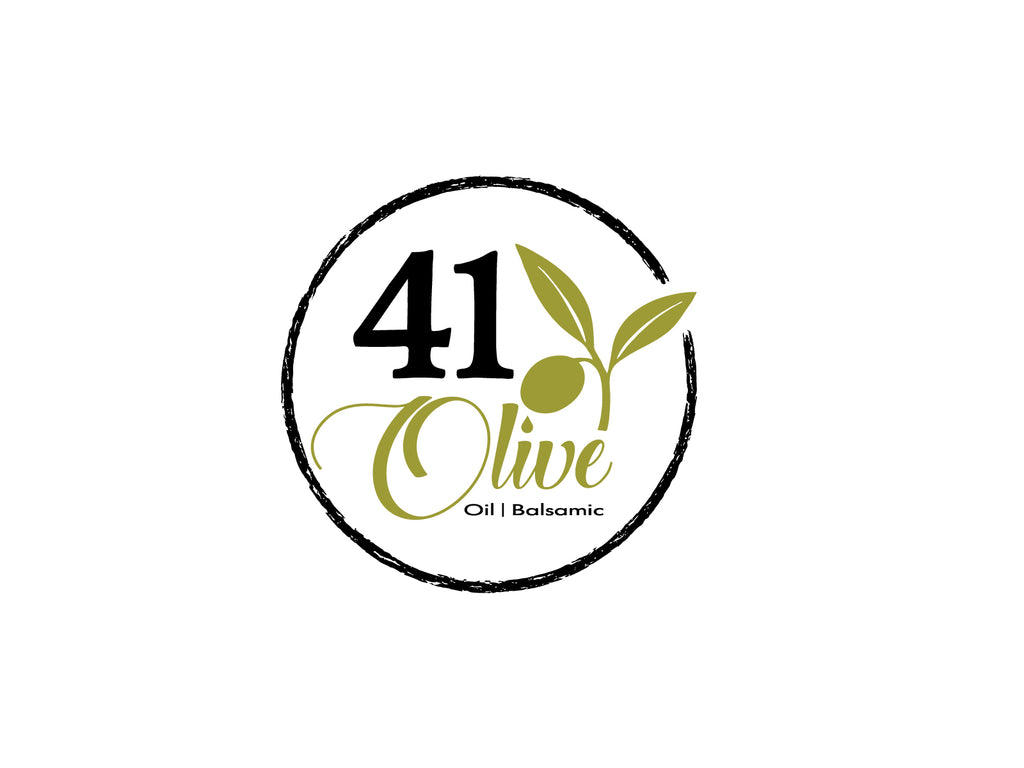Crafting a Culinary Delight: Basil and Pine Nut Infused Olive Oil Pesto Pasta
In the symphony of flavors that define fine cuisine, few dishes harmonize the rich tapestry of taste and aroma quite like the classic Pesto Pasta. This blog invites you to embark on a culinary journey, reinventing the traditional Basil and Pine Nut Infused Olive Oil Pesto Pasta.
We're not just talking about tossing pasta and pesto together; we're diving into the art of infusing flavors, exploring textures, and presenting your dish like a chef's masterpiece. So, let's unravel the secrets to making this dish a conversation starter at your next dinner!
1. The Essence of Quality Ingredients:
Start with the soul of the dish – the ingredients. For your basil and pine nut pesto, handpick fresh basil leaves, ensuring they are vibrant green with no dark spots. The pine nuts should be fresh and unsalted, ready to release their creamy texture and buttery taste. Opt for high-quality extra virgin olive oil; its fruity notes and peppery finish are pivotal in defining your pesto's character.
2. Infusion – The Game Changer:
Before you blend your pesto ingredients, let's talk infusion. Gently heat your olive oil and add a few whole garlic cloves, a sprig of fresh rosemary, or even a dash of lemon zest. This slow infusion process, under low heat, imbues the oil with intricate flavors, setting your pesto apart from the conventional.
3. The Art of Blending:
A good pesto is more than just blended ingredients; it's a balance of flavors. Toast your pine nuts lightly to unlock a nutty aroma that complements the fresh basil. When blending, pulse instead of blitzing continuously. This ensures your ingredients integrate without losing their individual identities, creating a pesto with depth and character.
4. Pasta – Not Just an Afterthought:
Picking the right pasta is pivotal. Long, flat pasta like fettuccine or tagliatelle provides ample surface for your pesto to cling to. However, if you're in the mood for a twist, opt for spiral pasta like fusilli, which catches the pesto in its grooves, delivering a burst of flavor with every bite.
5. Tossing Techniques:
The amalgamation of pasta and pesto is an art. Reserve some pasta water – its starchy goodness emulsifies with the oil in your pesto, giving you a silky, cohesive sauce. Always toss your pasta over low heat. This gentle warming thickens your sauce slightly and ensures each strand of pasta is gracefully coated.
6. A Harmony of Toppings:
While your basil and pine nut pesto is the star, the right toppings can elevate your dish to celestial heights. Sprinkle toasted breadcrumbs for a delightful crunch, or add a few shavings of Parmigiano-Reggiano for a salty, umami-packed finish. For a refreshing contrast, consider a garnish of fresh cherry tomatoes or a light drizzle of balsamic reduction.
7. Presentation – The Final Act:
Eating begins with the eyes. Twirl your pasta onto the plate with a fork, ensuring it sits with height and grace. Strategically place your toppings for color and texture contrast. A sprig of basil or a few pine nuts can add visual appeal, making your dish not just a meal, but a visual and gastronomic adventure.
Conclusion:
Creating the perfect Basil and Pine Nut Infused Olive Oil Pesto Pasta is about embracing the nuances – the quality of your ingredients, the infusion of flavors, the blend of textures, and the harmony of the final presentation. It's a dance of elements, a play of contrasts, and most importantly, a reflection of your culinary artistry. So, don your chef's hat, experiment with these tips, and transform your kitchen into the stage for an unforgettable dining experience. Remember, in every jar of pesto and strand of pasta lies a story waiting to be told. Happy cooking!
